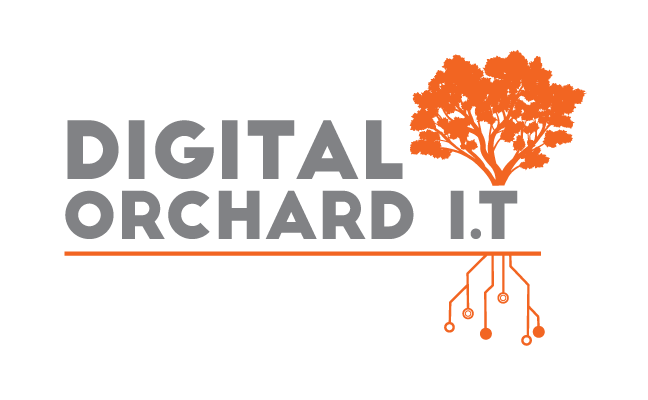
BYOD: what it is and how to create a successful policy
Even before the pandemic, workplaces around the world were adjusting to the work-from-home setting – and uncovering a whole new set of challenges along the way. As remote working becomes the ‘norm’, many organisations are realising that the core pillars of office life have shifted. And one of the biggest changes is the new concept of BYOD – or bring your own device.
If you don’t have your own BYOD policy in place yet, chances are you’ll be developing one soon. So, what do you need to know about this new trend, and how will it affect your business?
Read on to find out and download our 7 step BYOD guide.
What is BYOD?
First things first. BYOD refers to the trend in allowing employees to use their own devices for work purposes. That means employees have access to, at the very least, work calendars, email, and connects - and often the company network.
The thinking is that so long as your people have their own laptop, computer, or tablet and can connect to the internet, they should be able to work as normal – collaborating, communicating, and engaging- from anywhere.
There are some obvious benefits to the BYOD approach. As a business you save massively on not having to purchase and upgrade tech for every staff member. And for the employee there’s no learning curve and the freedom to choose their own devices.
At the same time, there are some downsides you need to consider if a BYOD policy is to succeed without any mishaps.
Think security first
Whilst letting employees use their own laptops and mobiles for remote working sounds like an easy option, it’s not quite that simple. In fact, if you are considering implementing a BYOD policy, it’s a good idea to think about the pros and the cons before jumping in. The biggest potential obstacle? We think it’s security.
Just because we’re working from home – temporarily or permanently - doesn’t mean we can forget about the security measures we’re so fastidious about in the office.
In fact, if your people are using their own devices, you should be even more cautious.
Usually company issued tech means standard systems and standard security protocols which keep everyone in check. Employees using their own devices however means you reply on staff to keep company data private, keep their antivirus protection up to date and to follow the same protocols such as reporting potential phishing emails
Sadly, the pandemic has seen a spike in the number of cyber-attacks, as cyber criminals take advantage of the global change. Yet, even before that cybercrime was sharply on the rise, an upsurge in attempts to steal data and breach systems.
Developing your own BYOD policy
To help you navigate these new waters, we’ve put together 7 steps that can help you create a successful and robust BYOD policy for the future. From dealing with password security to upgrading operating systems and installing secure VPN, our BYOD policy guide will give you things to think about, and get you started on building your own template.
There’s a lot to consider when it comes to BYOD and the workplace of the future. If you have any concerns or questions, why not contact us for a chat - with our IT support and expertise we’ll help you get ready for remote working.

